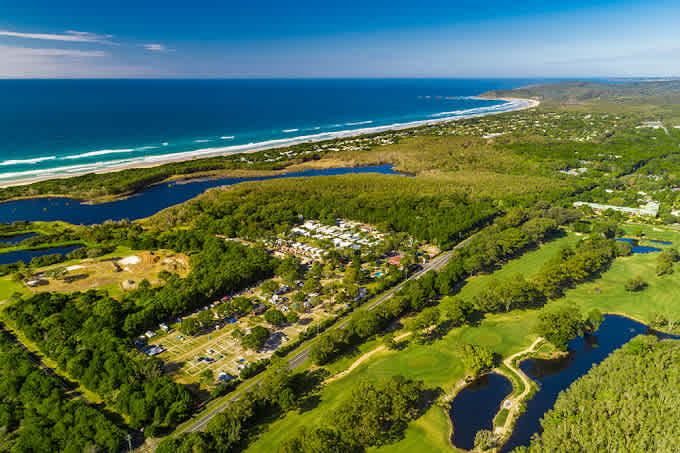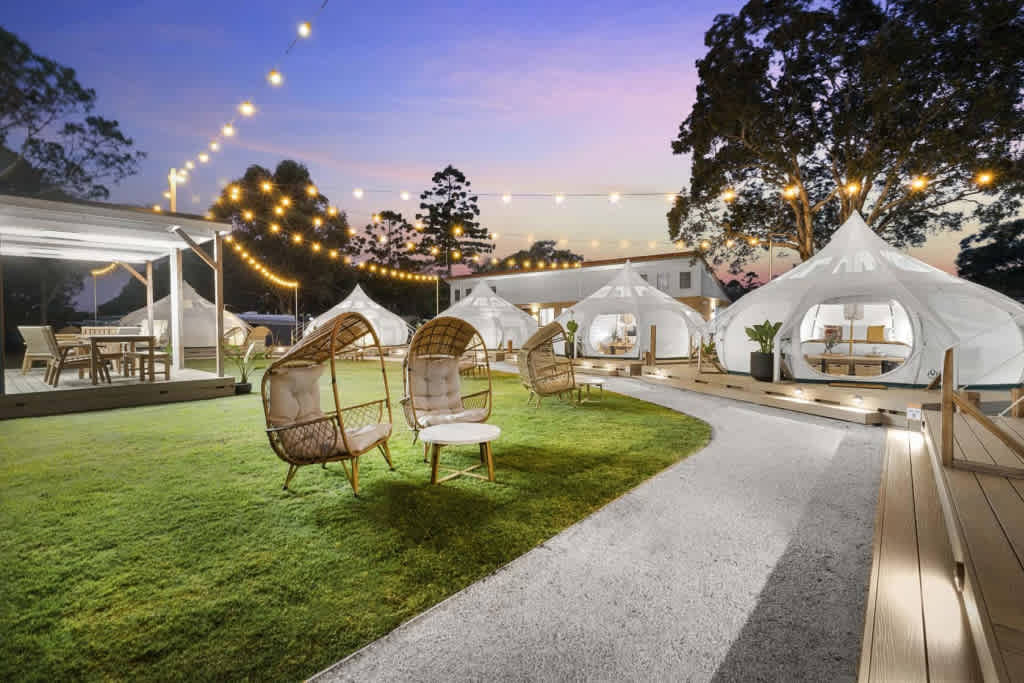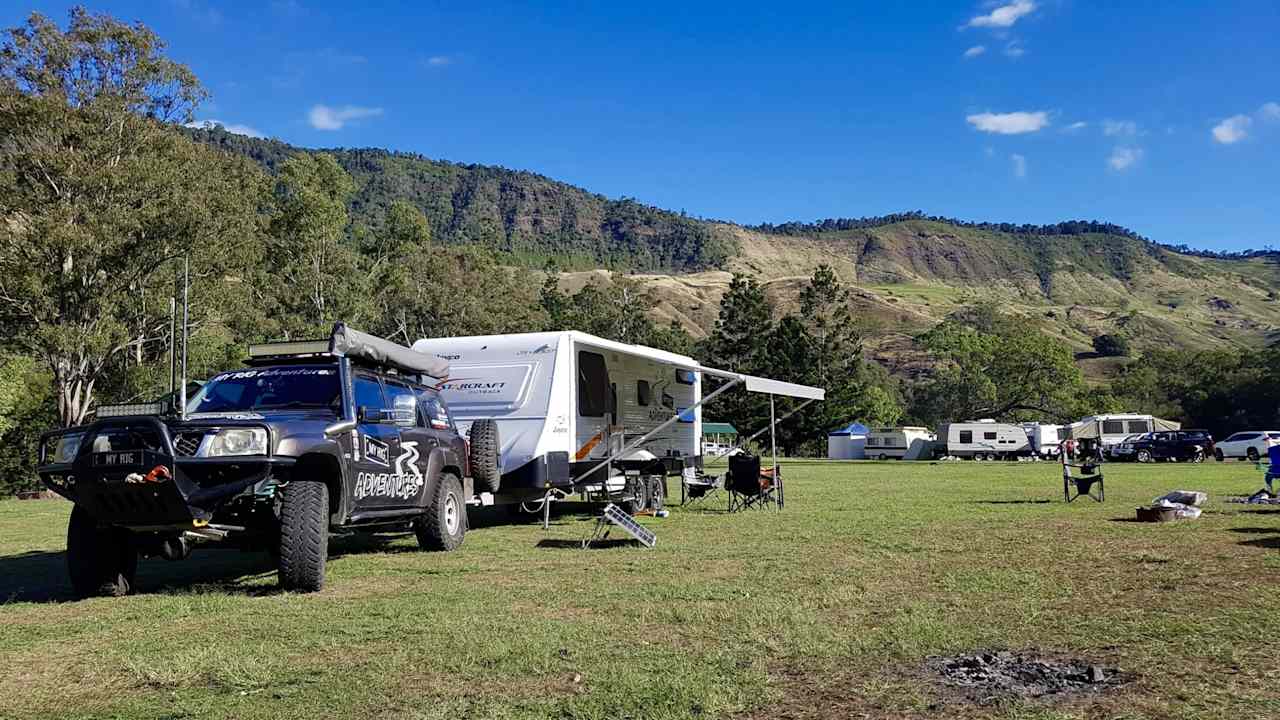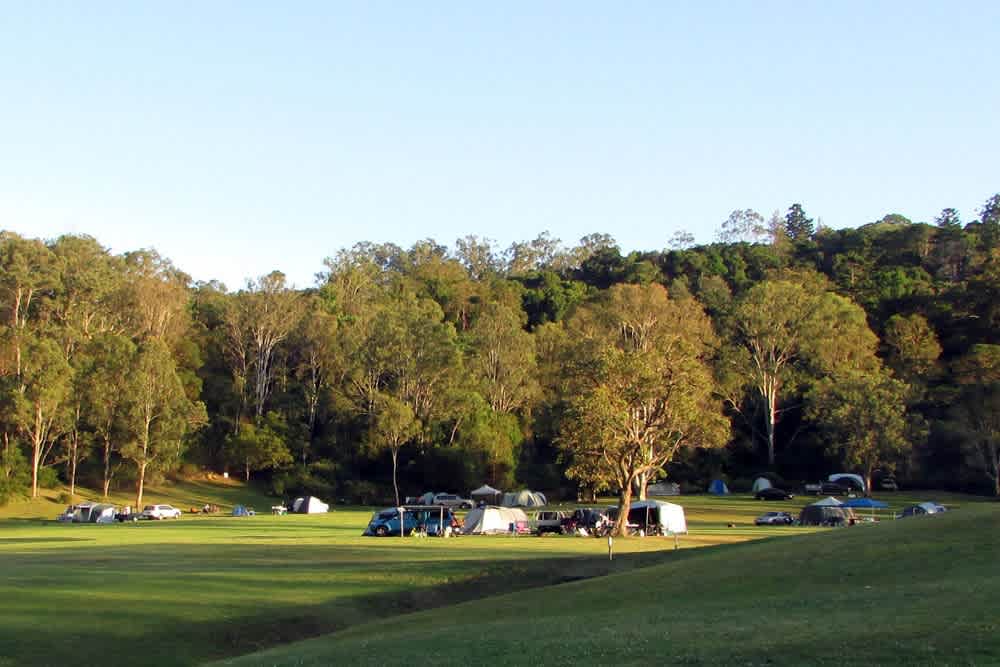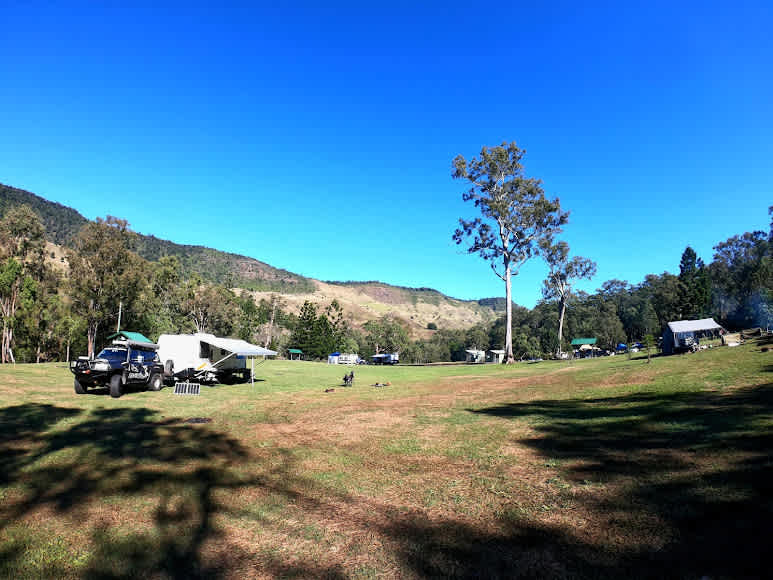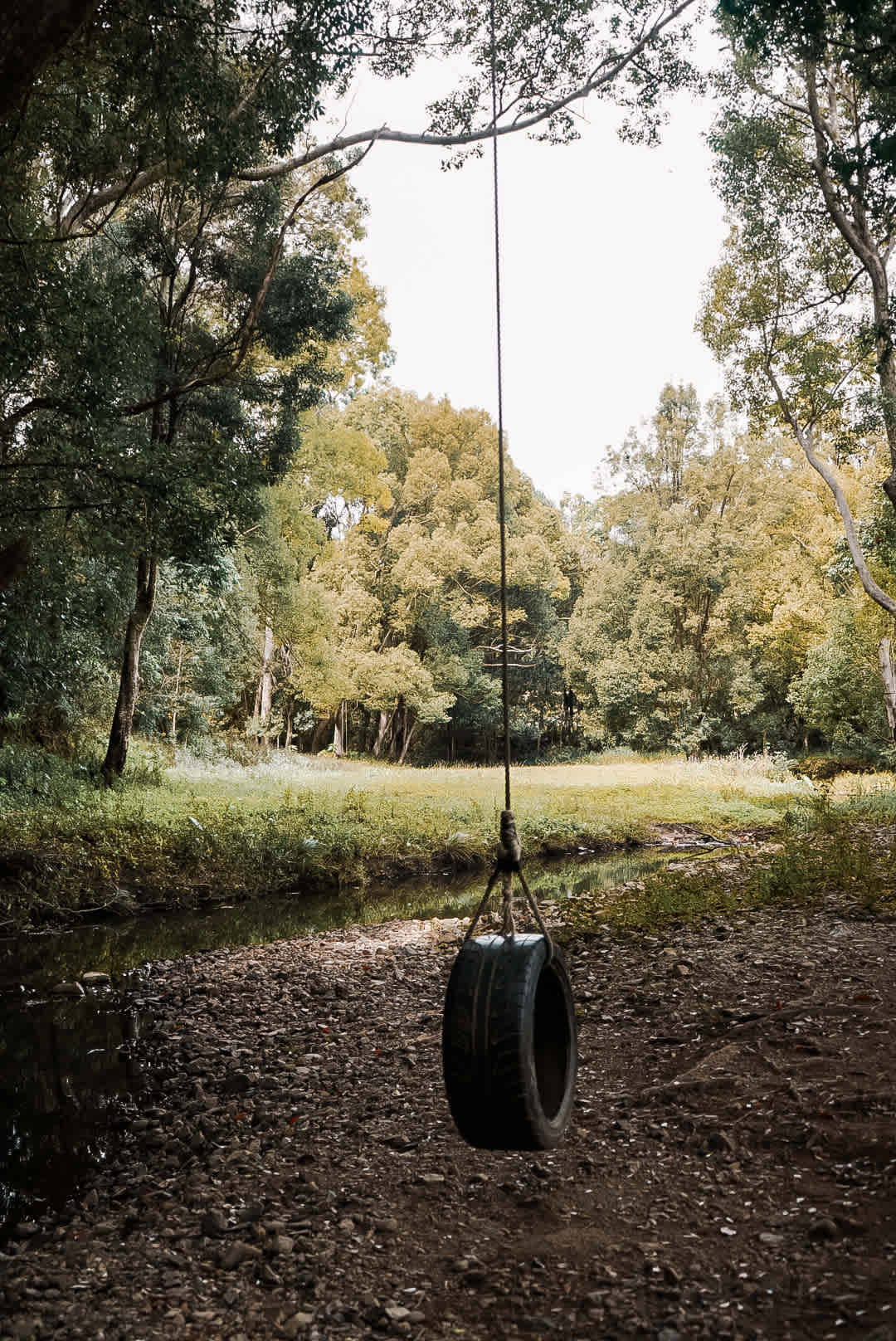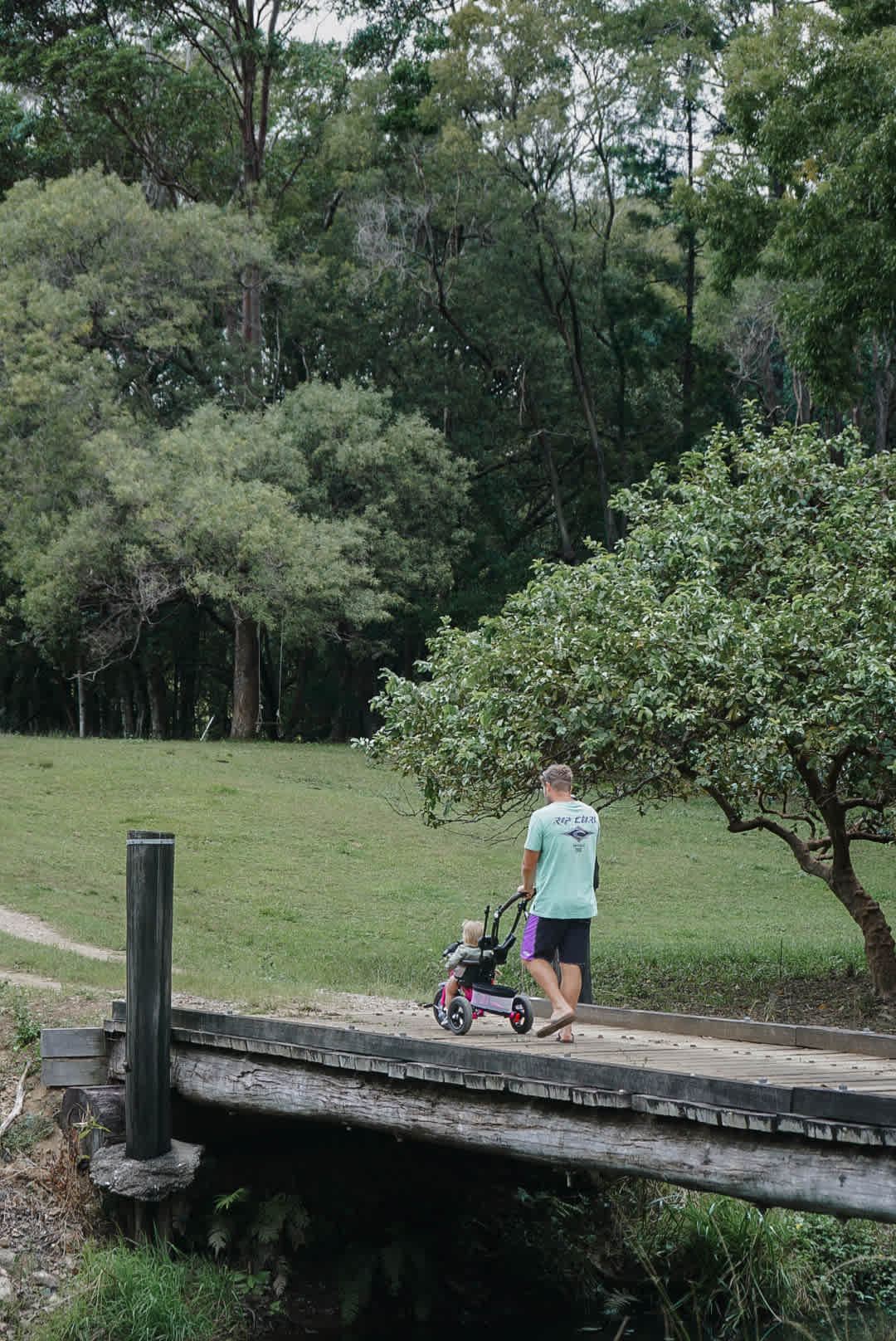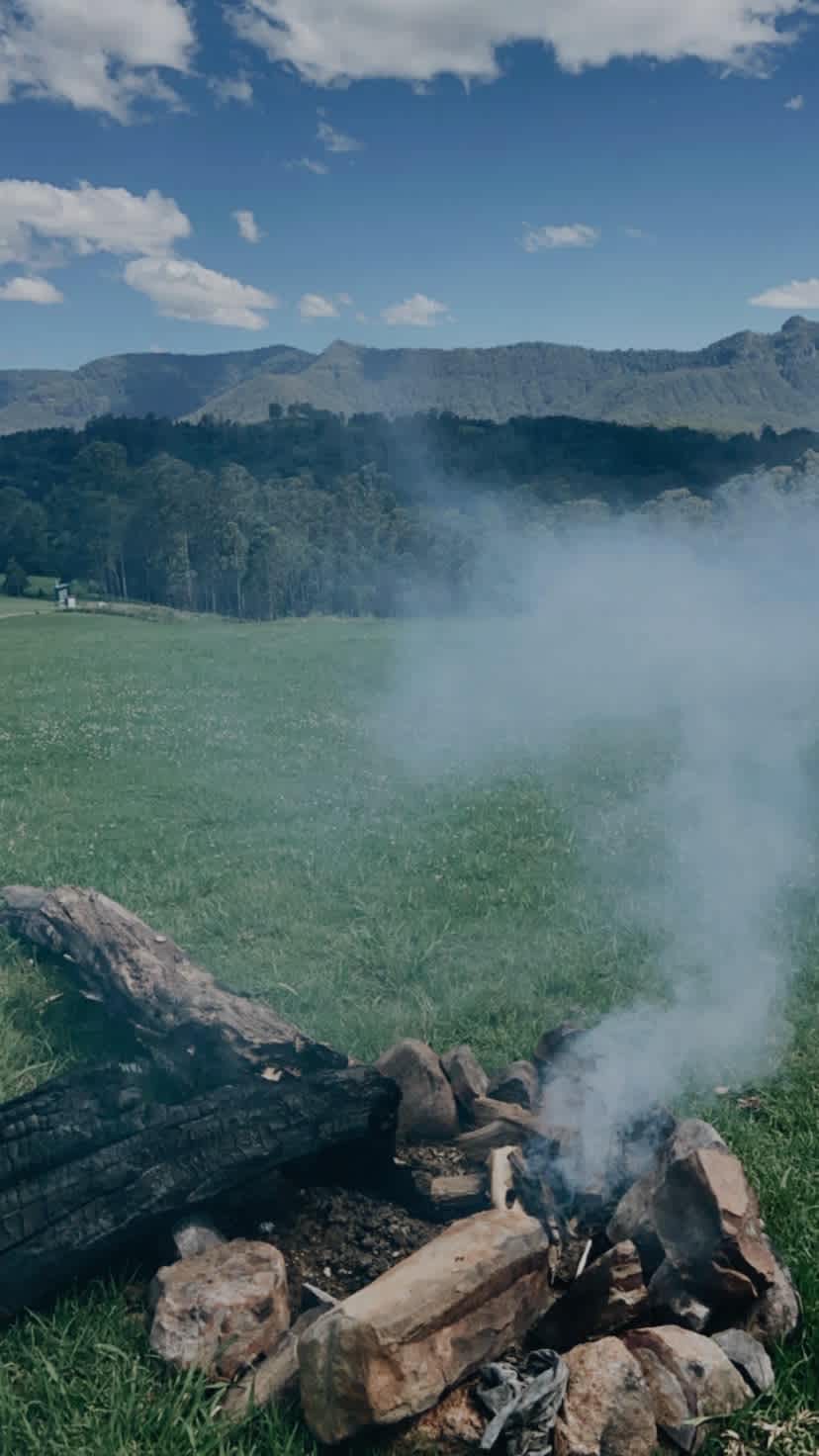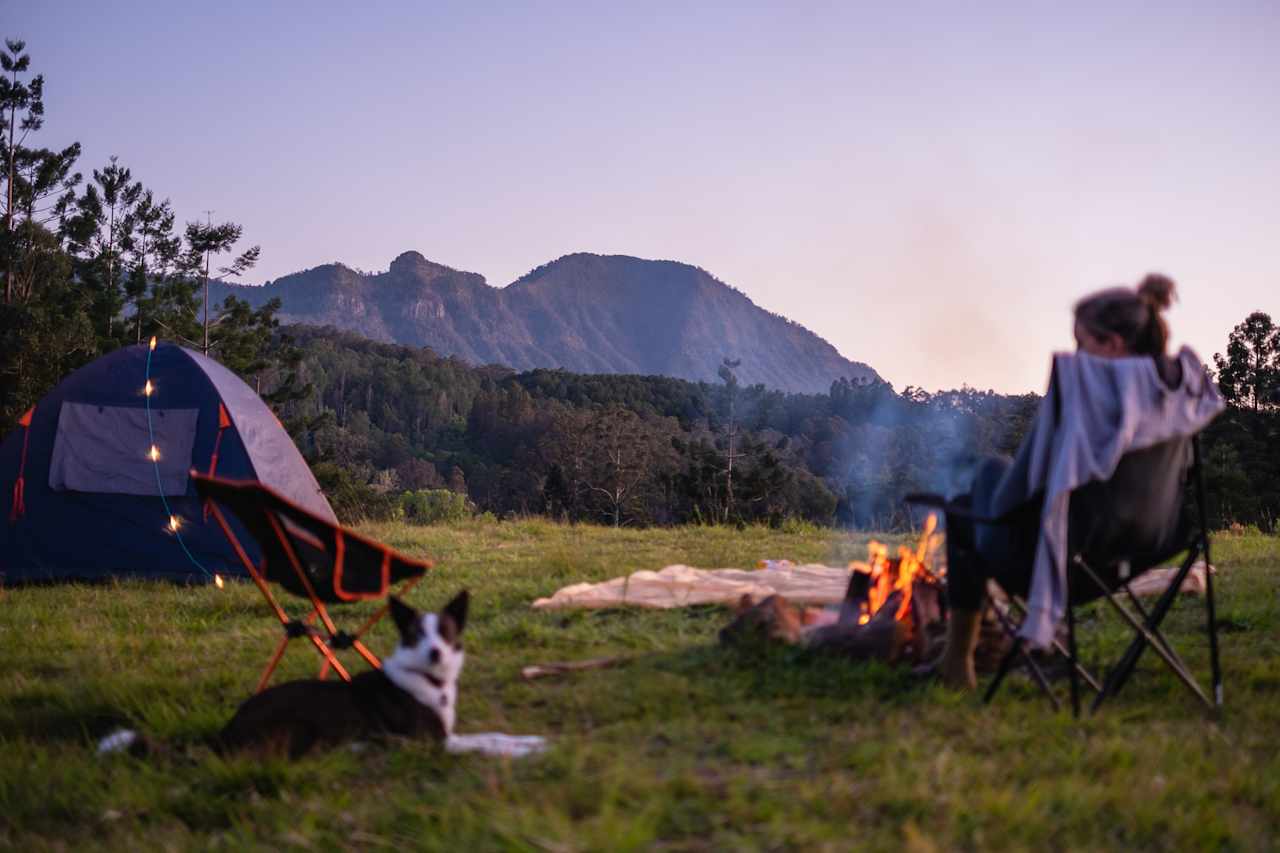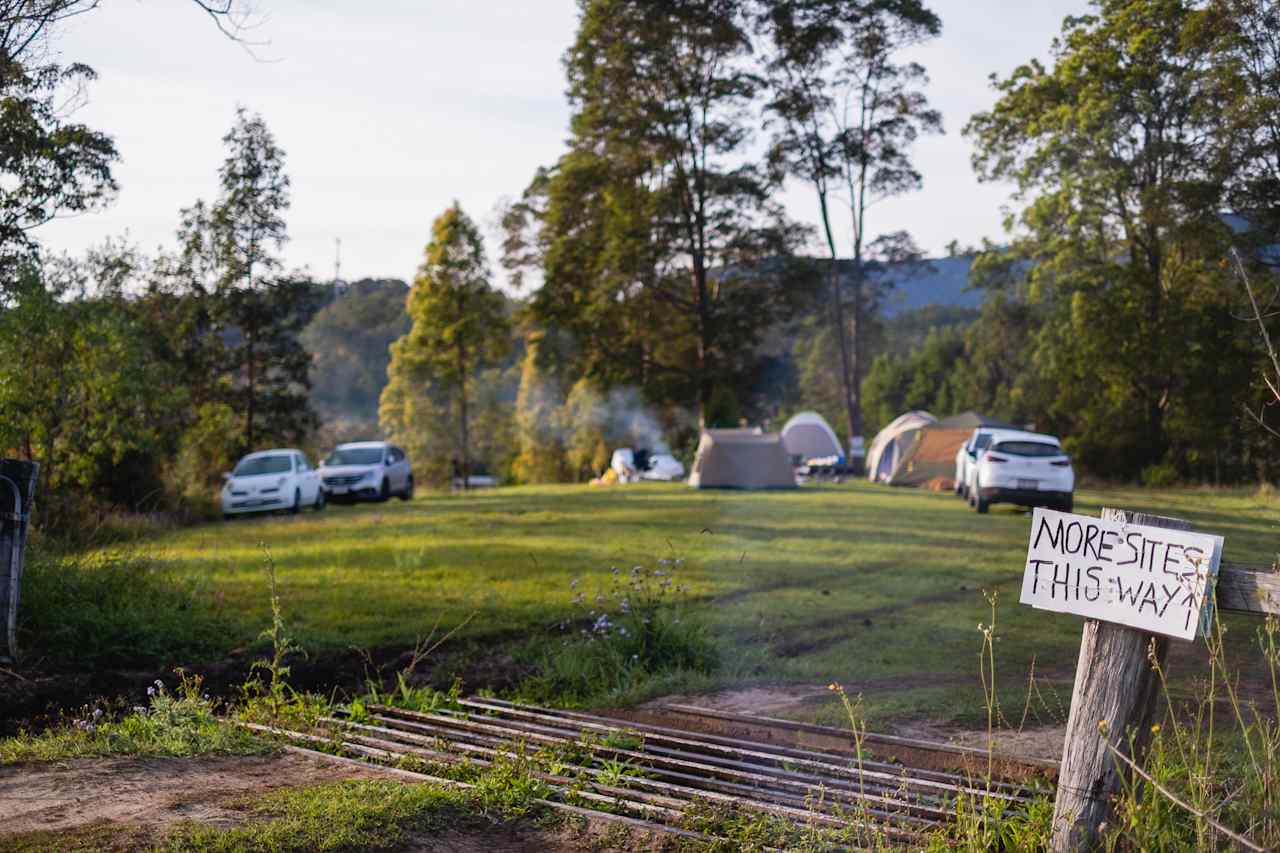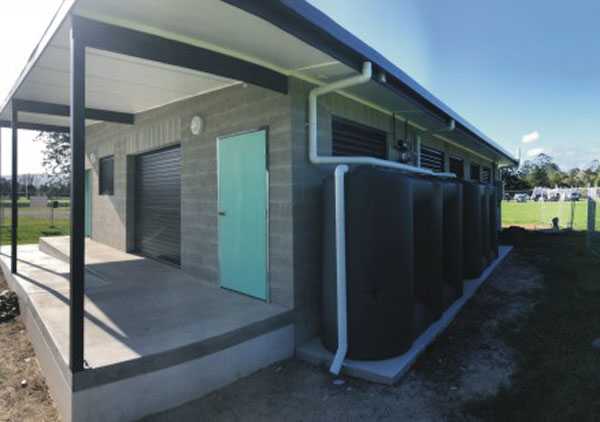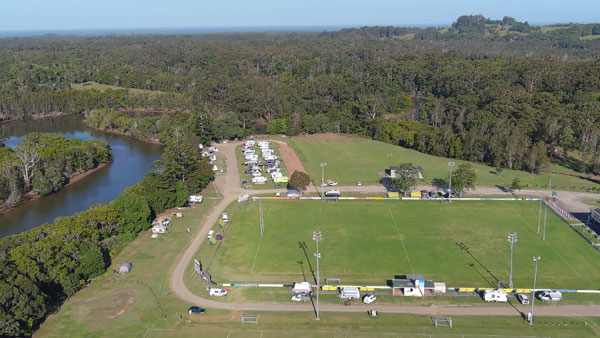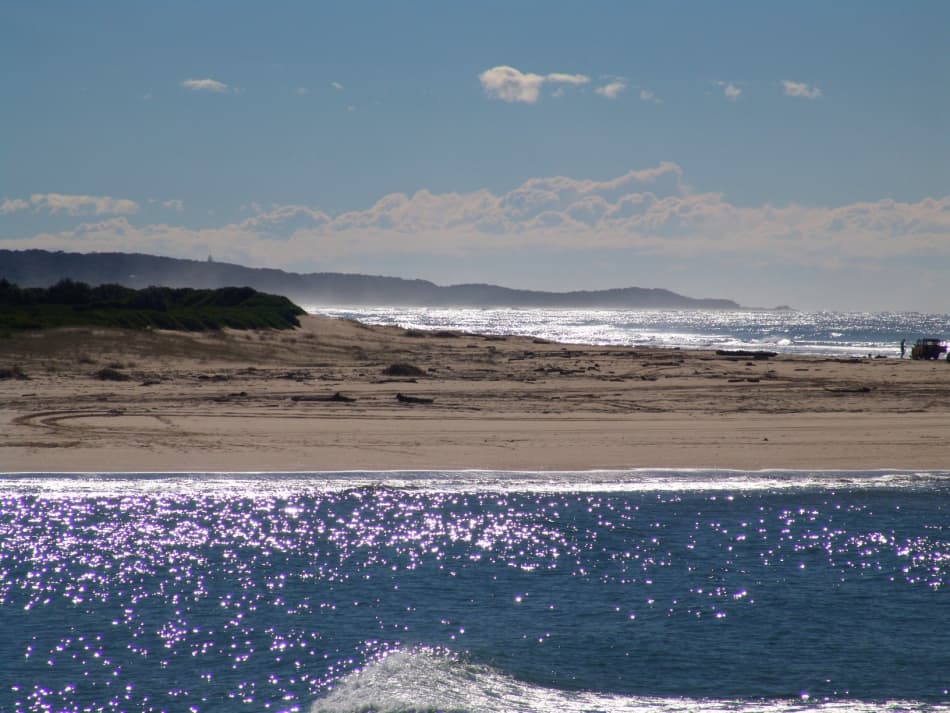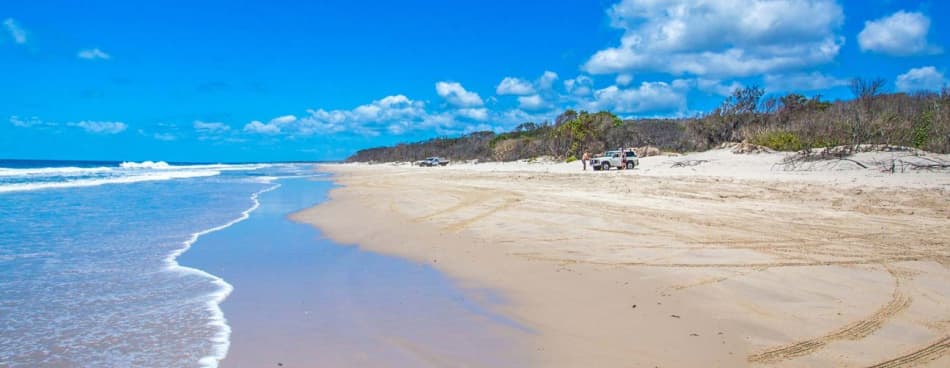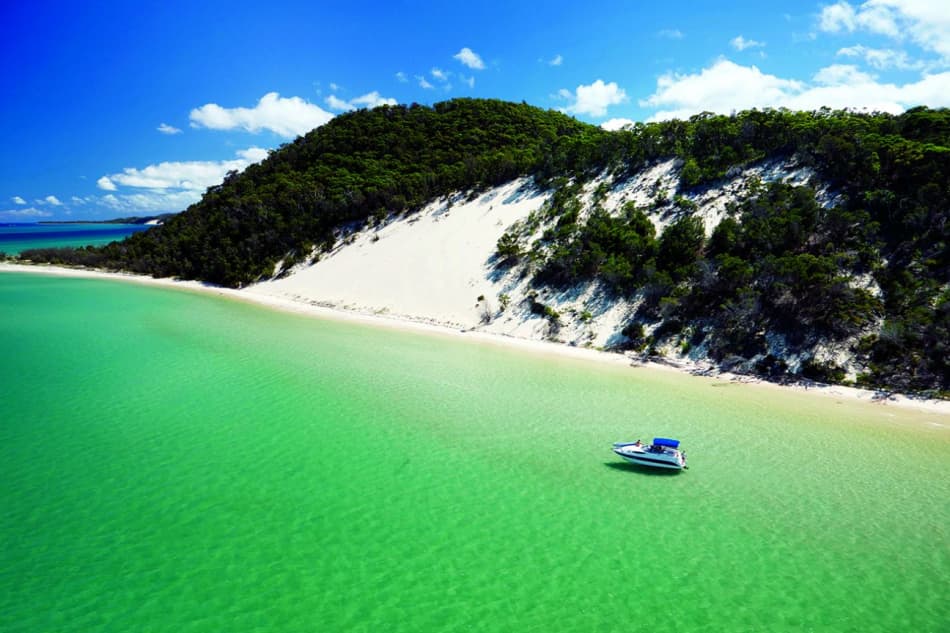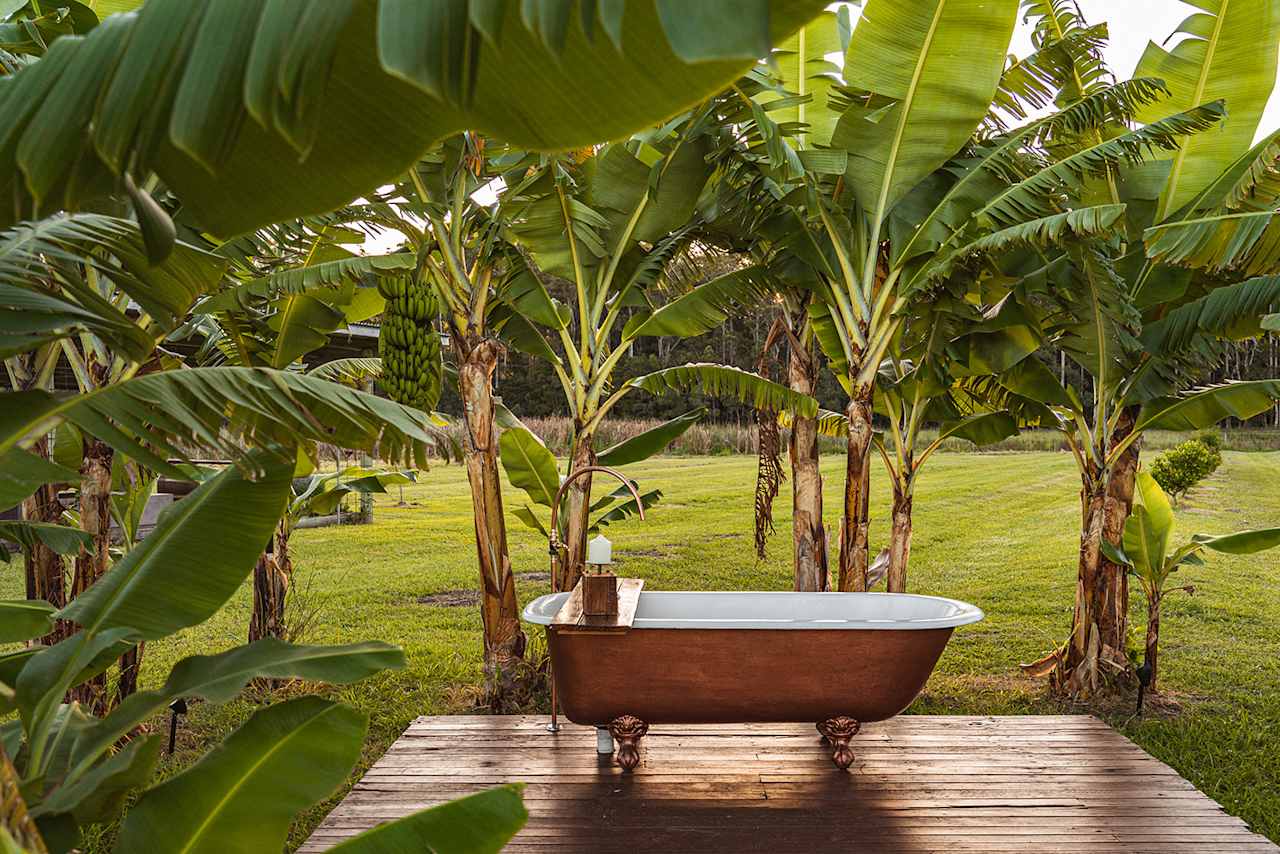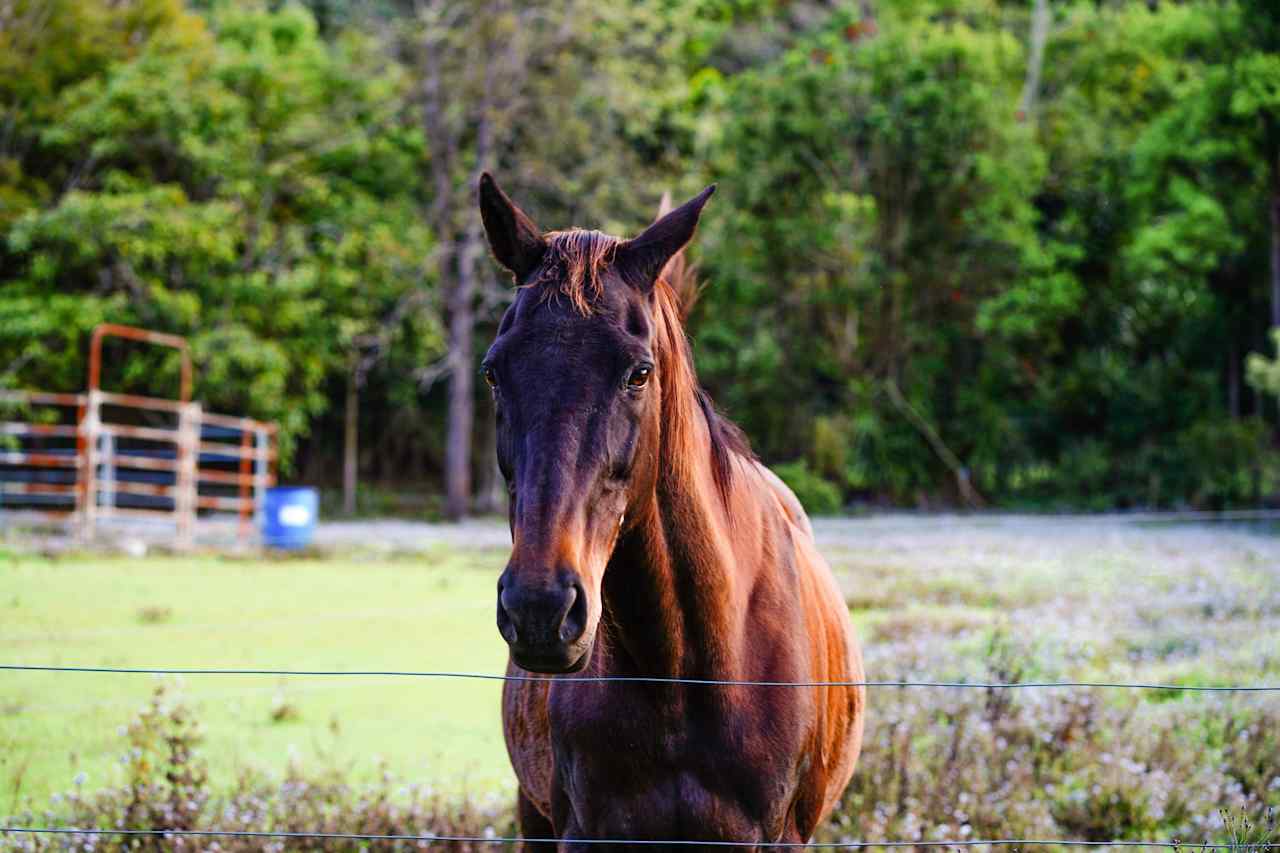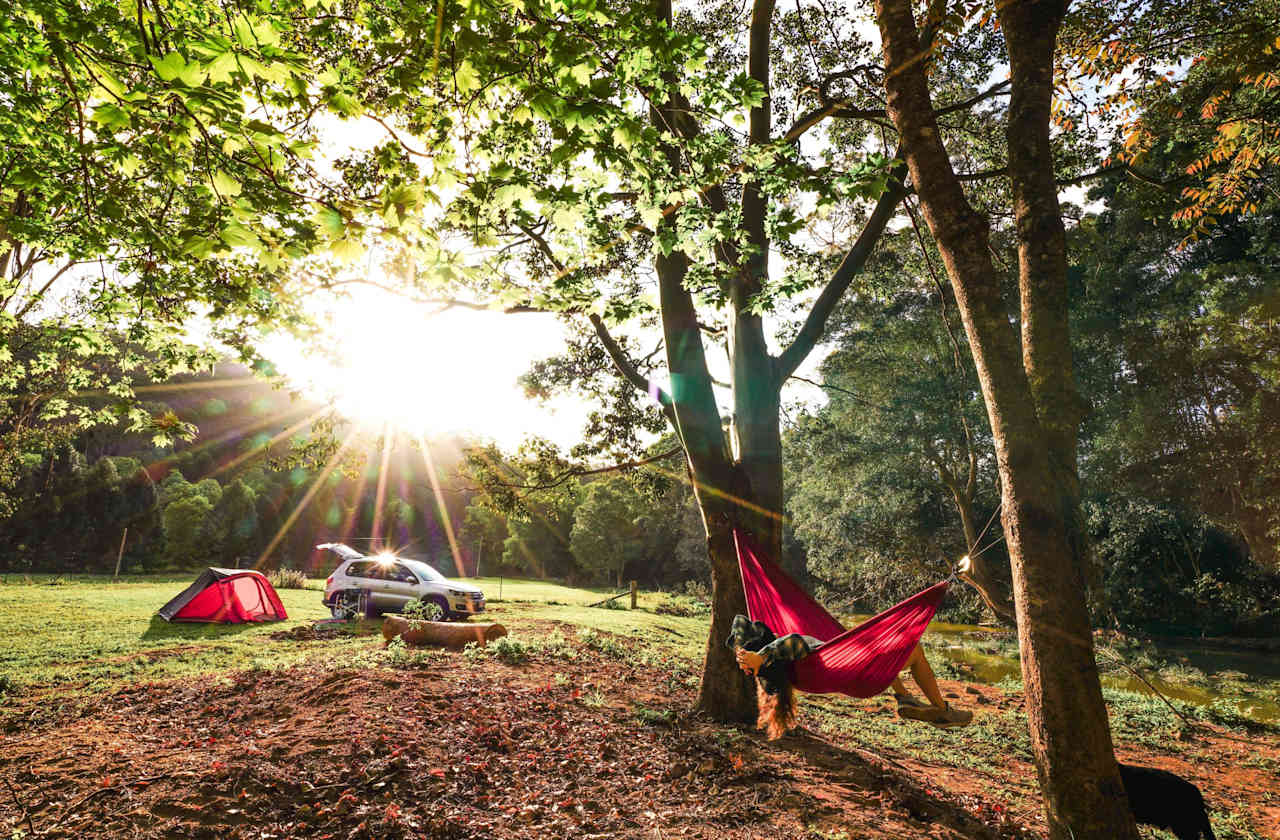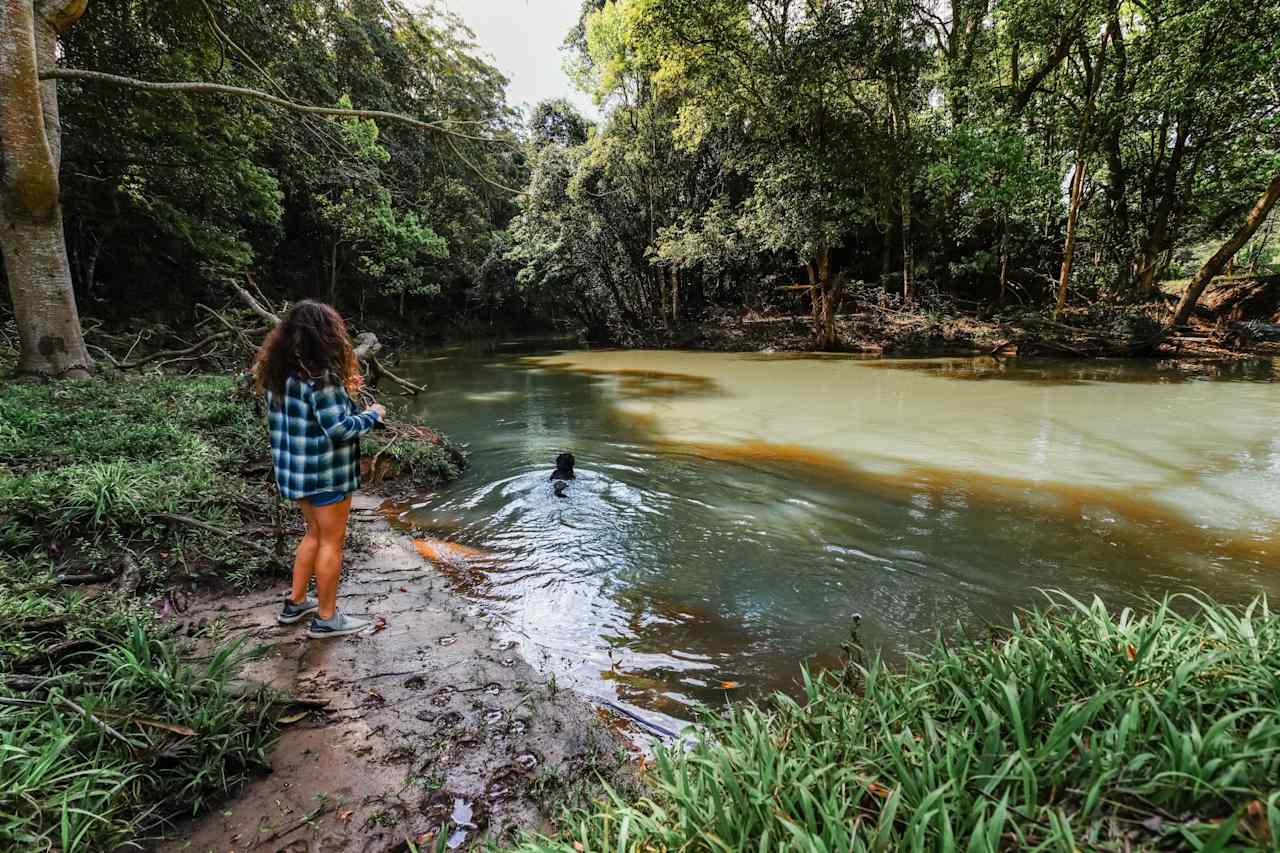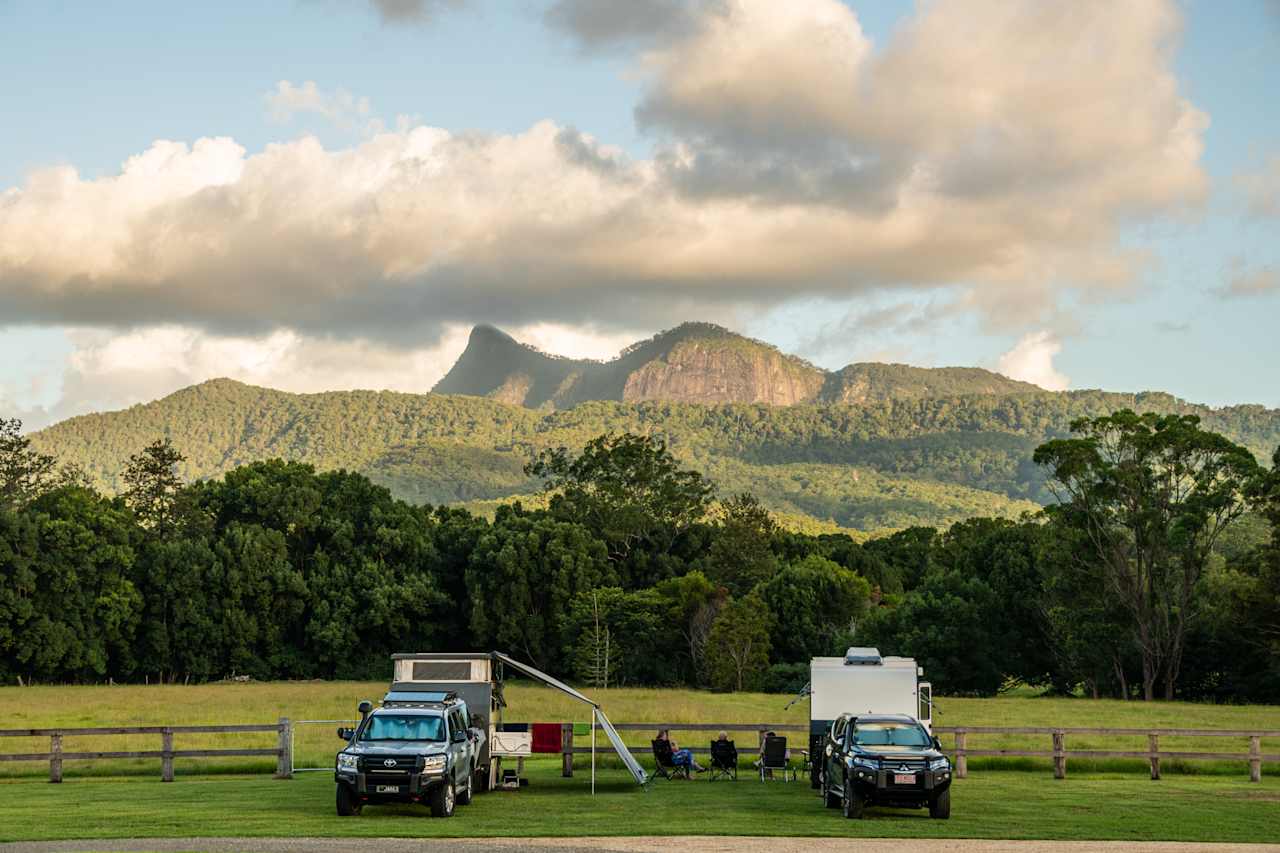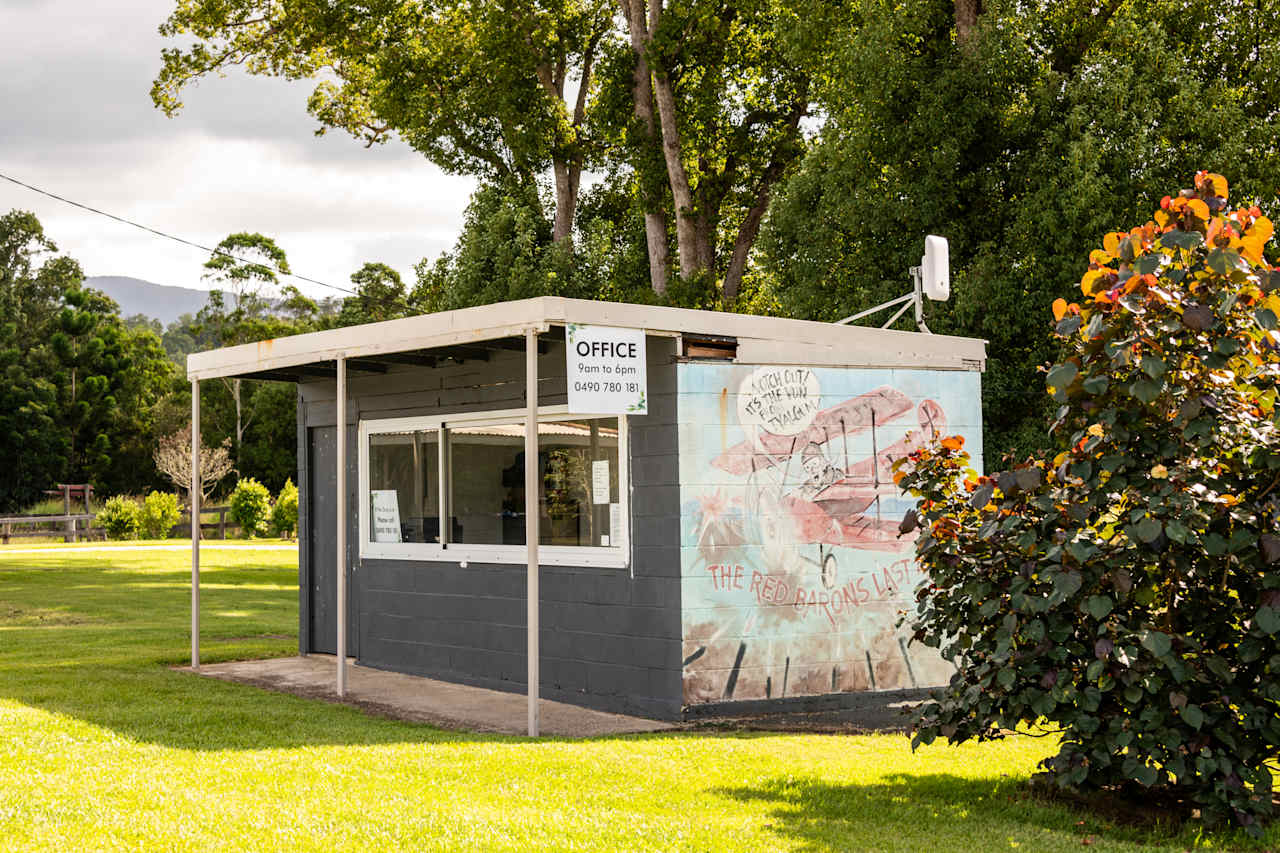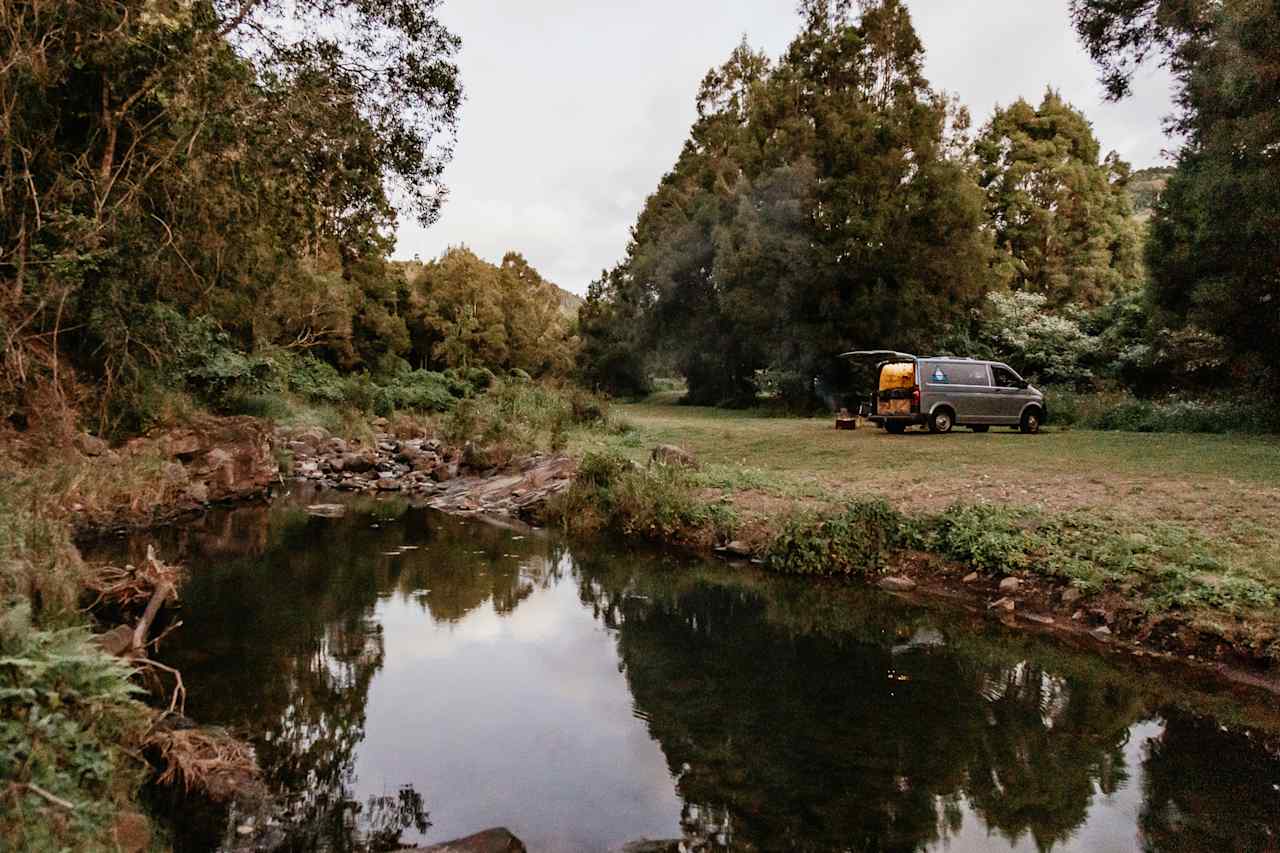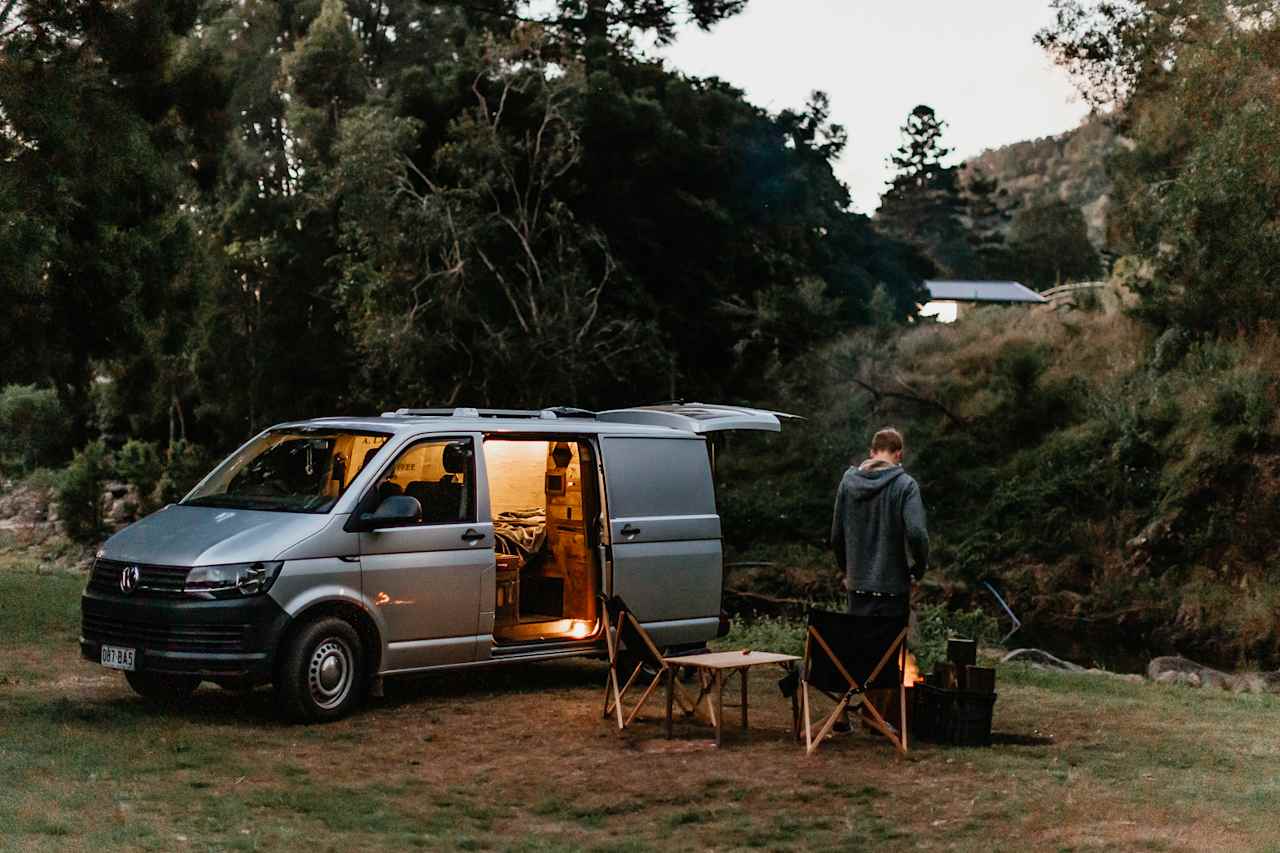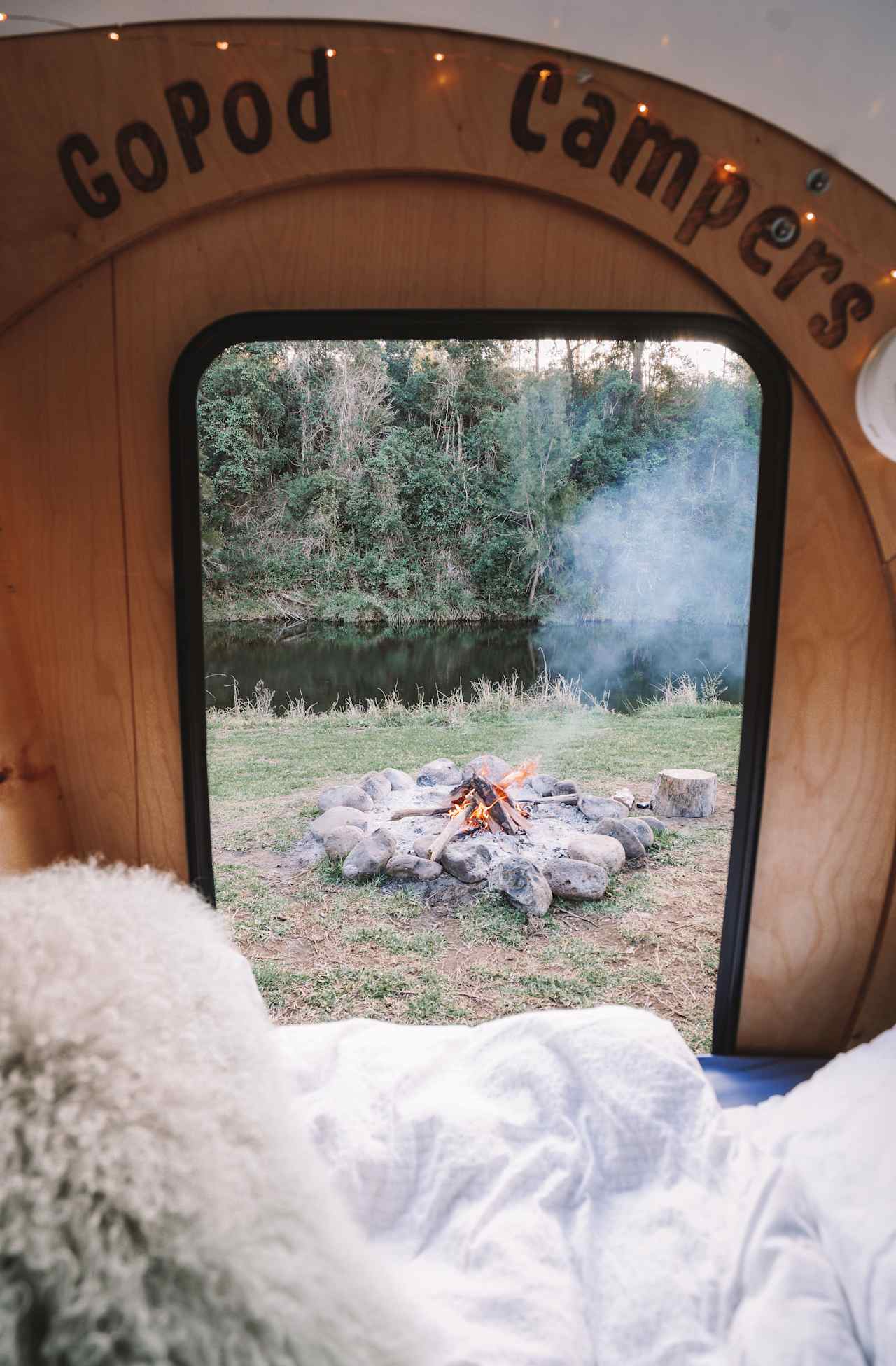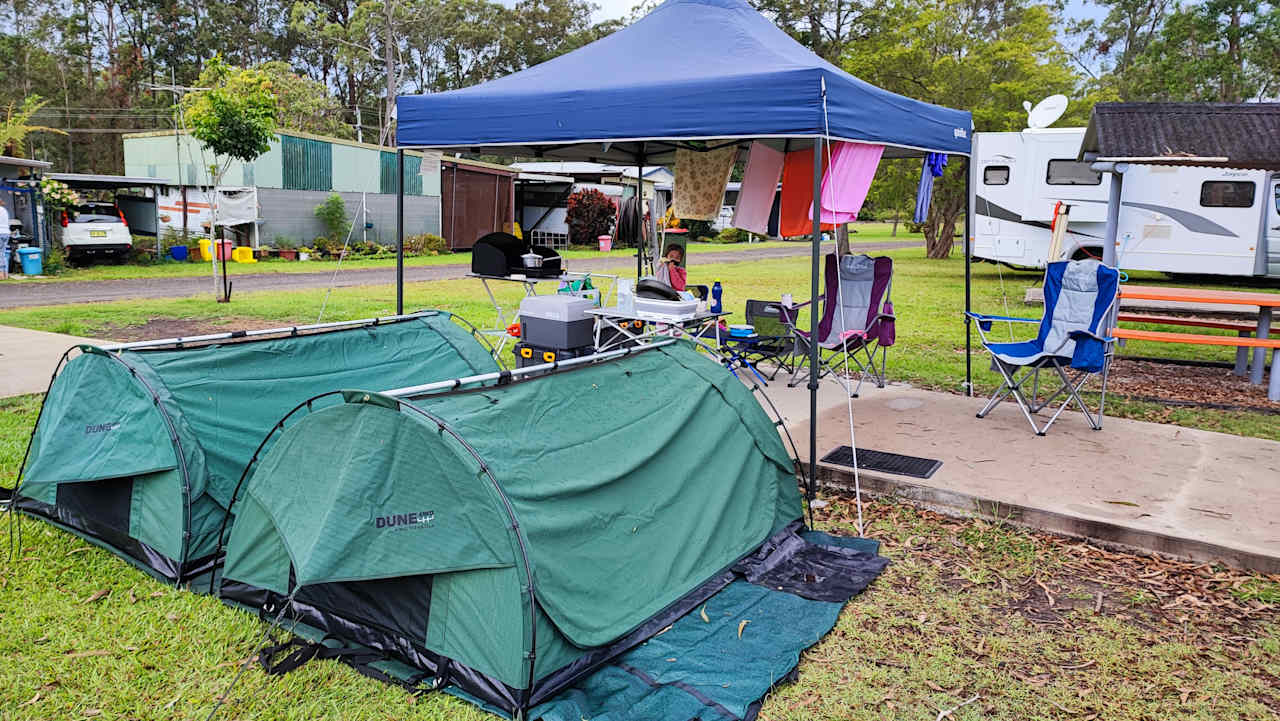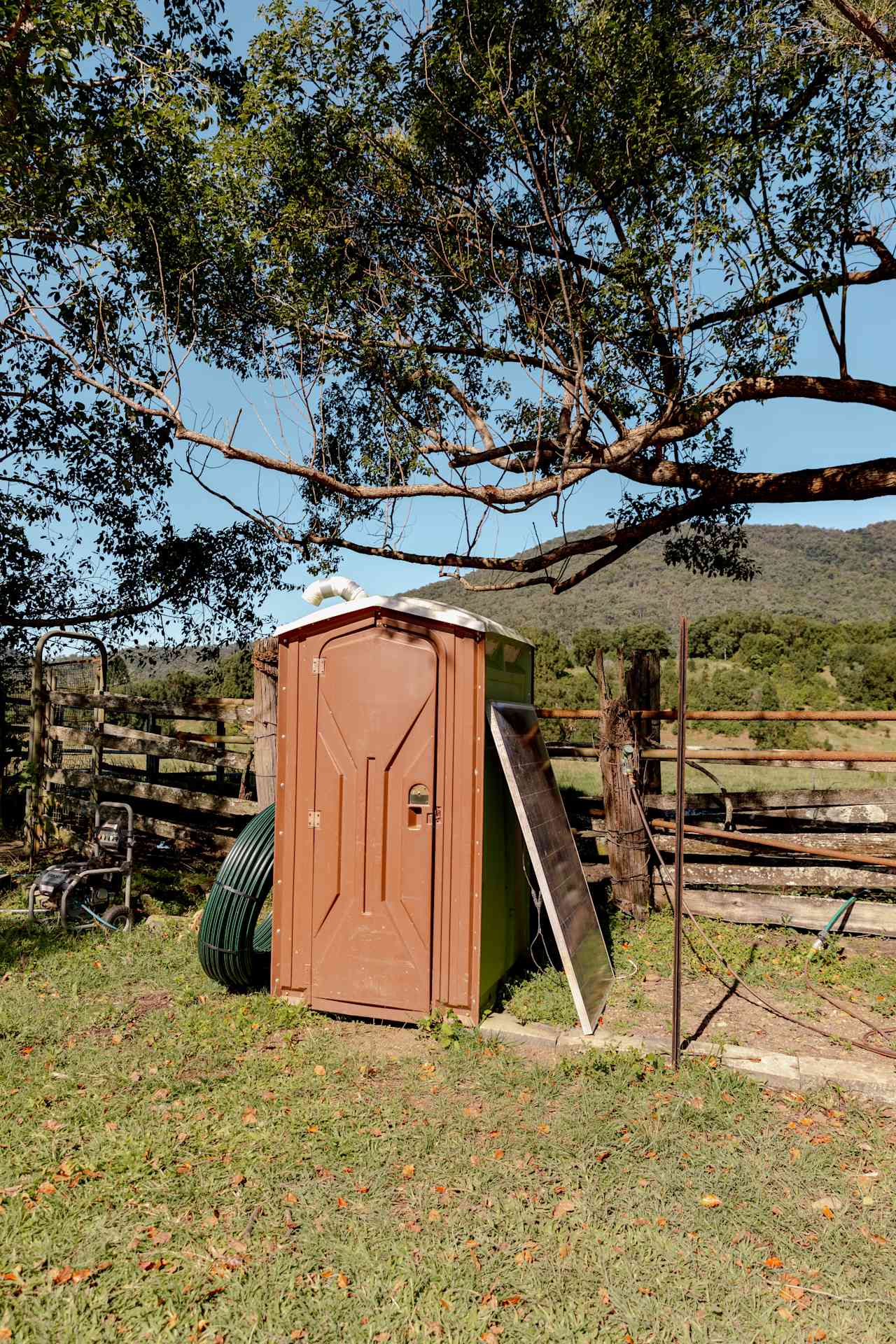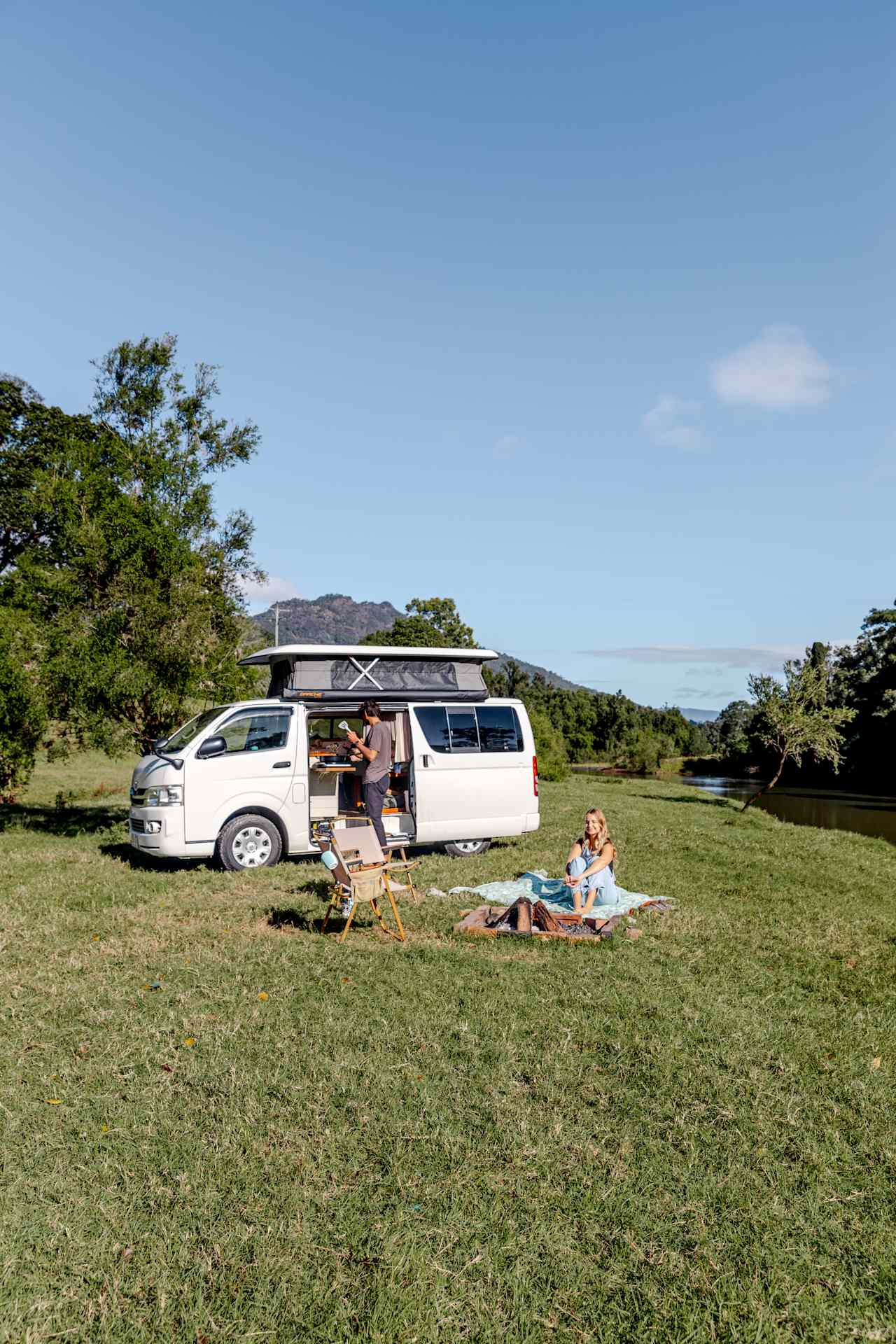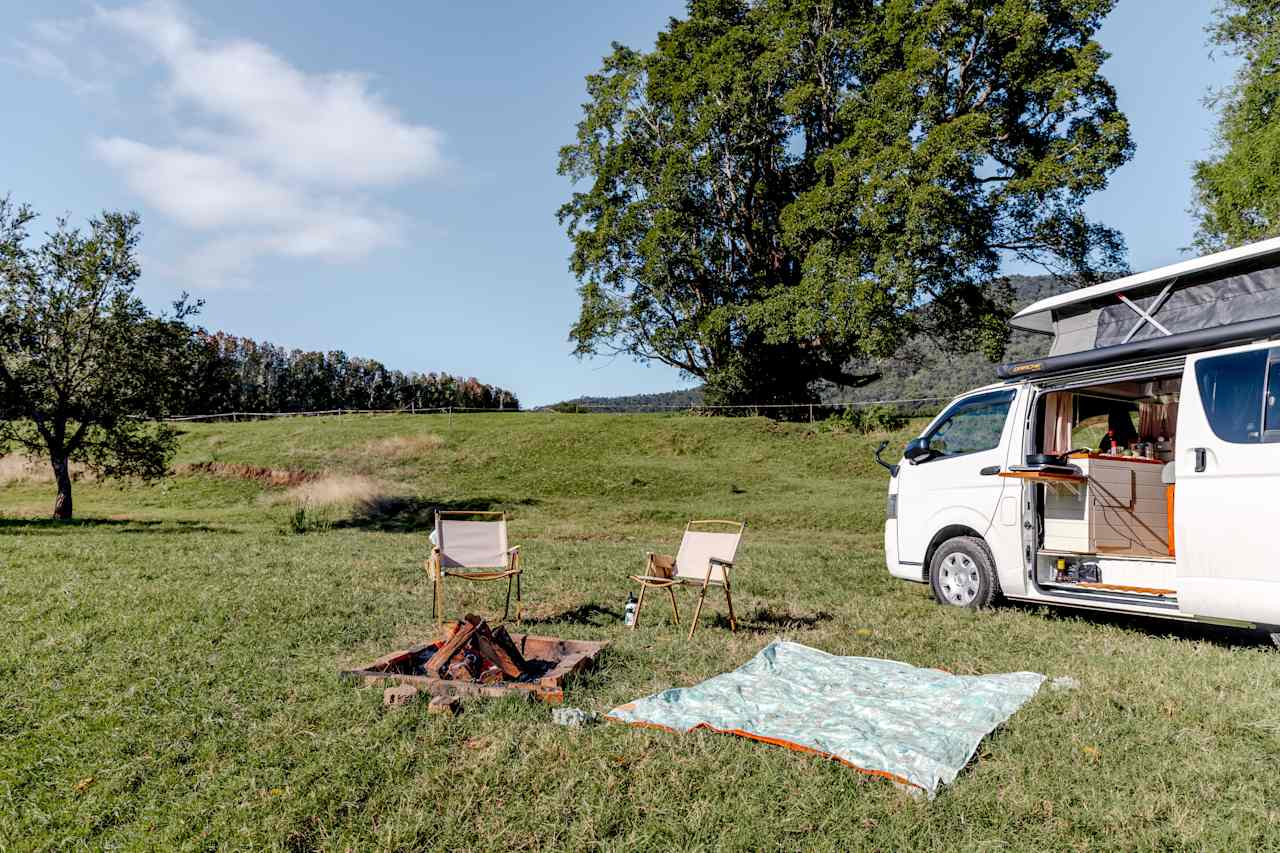Camping near Lismore
Lismore camping means easy access to coastal towns and mountain parks.
- Lismore
Popular camping styles for Lismore
Available this weekend
Star Hosts in Lismore
12 top campgrounds near Lismore
Under $50
Dog-friendly getaways
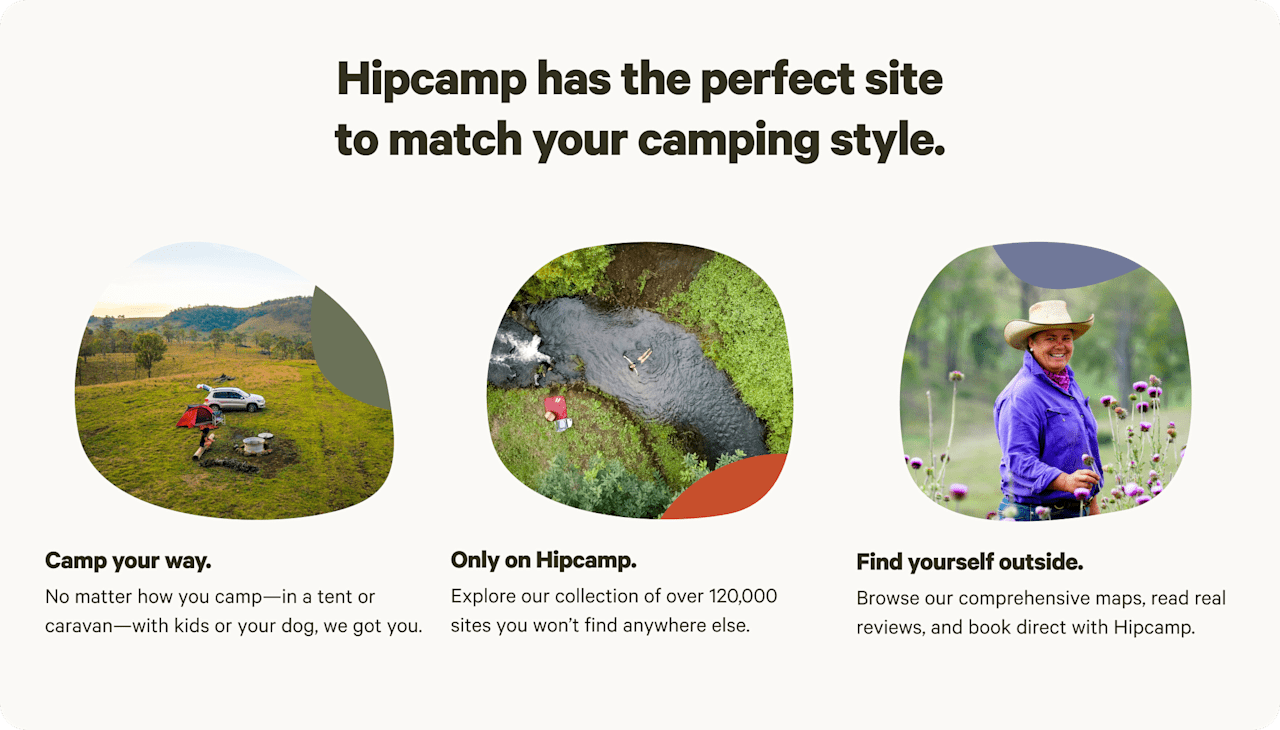

Camping near Lismore guide
Overview
In northeastern NSW’s Northern Rivers area and about 30 kilometres inland, Lismore is a handy detour when road tripping across the NSW–Queensland border. The Great Dividing Range is to the north, with the Border Ranges National Park, Lamington National Park, and other conservation parks within a couple of hours’ drive of Lismore. The town itself offers a handful of well-equipped holiday parks, conveniently located beside the Bruxner Highway. Travellers wanting a simpler, more outdoorsy place to set up camp should look to nearby conservation areas and Hipcamp properties for convenient facilities and scenic surrounds.
Where to go
Byron Bay
One of Northern NSW’s most popular destinations is less than an hour’s drive northeast of Lismore, on the coast. Campers flock to Byron Bay for the beaches, surfing, hiking, and watersports—just know that while it’s a chilled-out spot, it can also be very busy. The plus side? There are a ton of camping options ranging from simple, unpowered beachside camps to more luxurious glamping.
Ballina
Just 30 minutes’ drive east of Lismore on the coast, Ballina is much sleepier than Byron Bay to the north, and a good option for campers seeking a quieter beachside destination in the Lismore area. There are many kilometres of cycle paths around town, as well as the beautiful Killen Falls. You’ll find a few well-equipped holiday parks around Ballina, plus a smattering of tent campsites and caravan campgrounds via Hipcamp.
Whian Whian State Conservation Area
Less than an hour’s drive north of Lismore, this conservation area runs into Nightcap National Park. There are hiking, cycling, and horse riding trails to enjoy, plus waterfalls and creeks for swimming and fishing. Campers can stay at the Rummery Park campground with tents, caravans, or camper trailers so long as they book ahead. Alternatively, camp in Lismore and visit on a day trip.
When to go
In the Northern Rivers region of New South Wales, Lismore is prone to serious flooding every few decades, which has increased to every few years due to climate change. The risk is greater in late summer and early autumn (February/March), so pay especially close attention to weather reports and local news if you’re planning on camping in and around Lismore at this time of year.

